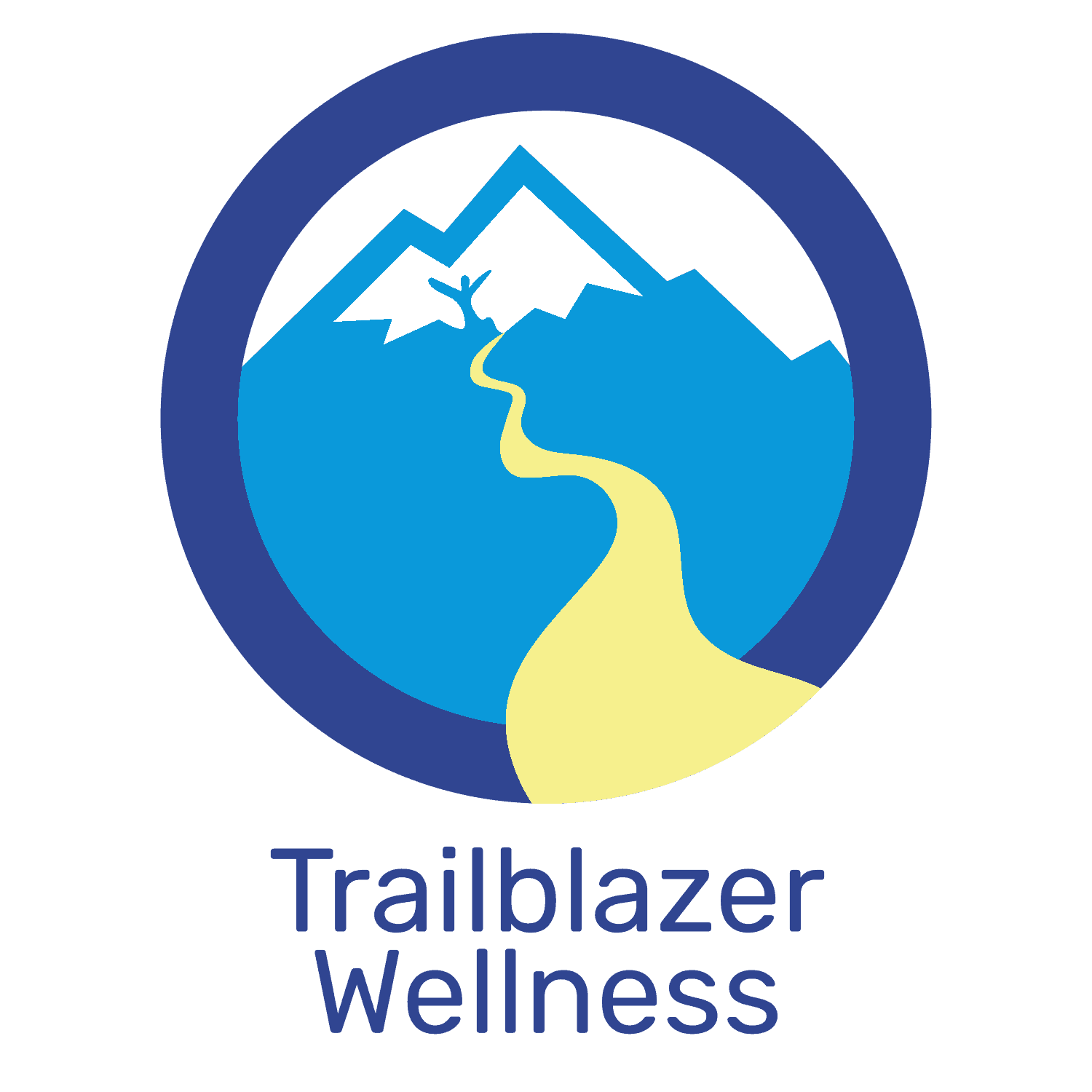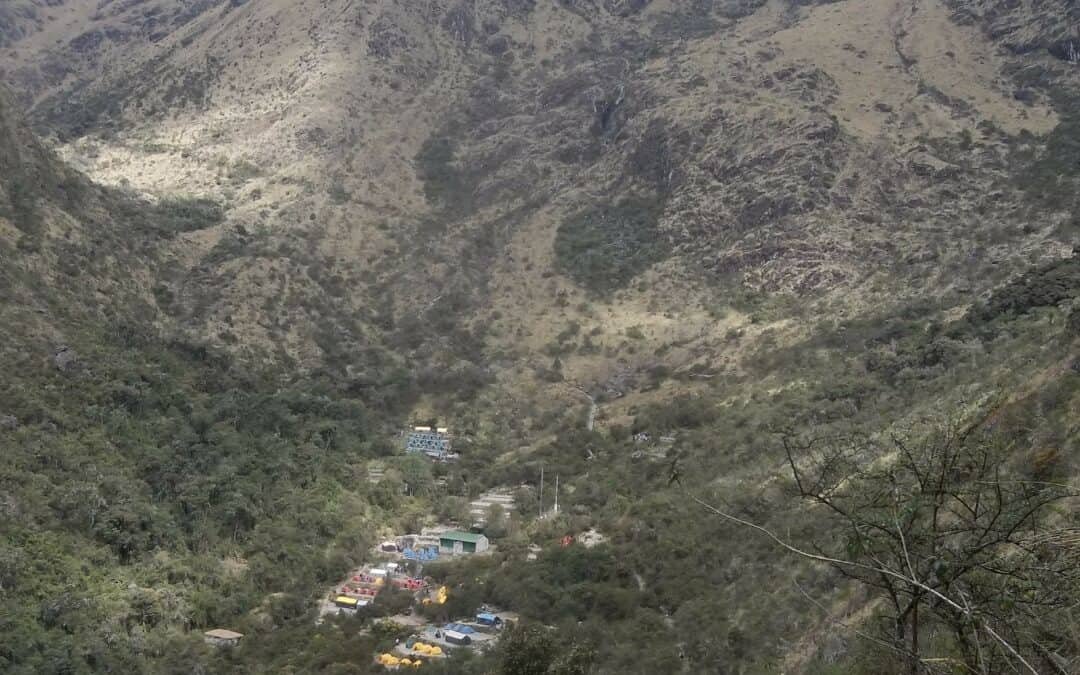You’ve started thinking about an upcoming hiking or biking trip. Then you start to wonder, how long does it take to get in shape for this type of trip?
One of questions I’m asked most often is how far in advance of a trip or activity to start training. Usually the question comes up for a “bucket list” trip, like hiking the Inca Trail to Machu Picchu or a multi-day bike trip through wine country. It’s worth considering for any trip where you’ll be doing more physical activity than normal, though.
By training to get ready for a trip where you’ll be spending more time and effort on physical activity than in your day-to-day life, you’ll have the strength and stamina to make the most of the experience.
You’ll feel more comfortable throughout the day and have more energy at the end of the day. You’ll be able to focus on what you’re seeing, who you’re with, and what you’re learning, rather than worrying about keeping up with your partner or group, or if your legs are going to give out before you reach your destination.
Having a big trip coming up can be a great source of motivation to get more physically active. To figure out when to start training for an adventure trip, take into account these factors:
- What activities you’re doing on your trip
- Your current activity level
- How much time you can realistically commit to training
Your Trip’s Activities
Back in 2013 my husband and I hiked the Inca Trail to Machu Picchu. Although we live in Colorado and usually get out for at least one hike on summer weekends, we rarely hike more than 2 days in a row, and most of our hikes are 4-8 miles.
The Inca Trail route we chose involved 4 days of hiking 7-10 miles per day with up to 3,000 feet of elevation gain and loss on a couple of the days. Could we have just kept with our normal hiking routine and gotten through it? Probably – but we may not have been able to enjoy it as much as we did.
Fortunately, I’ve learned from experience how to get in shape for hiking longer distances. I injured my left knee in my mid-20s doing a 26-mile hike, and now if I hike a lot more miles than I normally do, my knee tells me about it. I know that I need to add mileage gradually and build up to longer distances. And I need to hike several days in a row to build up my muscles for a multi-day trip.
We started training in late spring, about 3 months before our trip in mid-August. We picked hikes with more elevation change than we normally would to train for the steep hikes in the Andes. As we got closer, we hiked both weekend days and took longer walks in our neighborhood during the week.
When we met up with our group for the Inca Trail trip, we looked around and realized we were the oldest ones. Yet on the first day, we were the first ones to camp, and among the first to make it to the highest point on the second day.
Our training paid off – no knee issues for me, and we had plenty of time and energy to explore the amazing Inca ruins along the way.
So step 1 is to evaluate your trip’s activities. Are you doing one “big day” where you’ll be spending hours on a hike, bike ride, paddling or other physical activities? Do you have multiple days in a row of more activity than you’re used to? Will you have rest days in between active days?
By looking at the length, duration and number of days you’ll be active, as well as any special circumstances (high altitude, lots of elevation gain/loss), you have the “end goal” in mind as you consider how much time you’ll need.
Your Current Activity Level
In my Inca Trail scenario, my husband and I started with an existing base of fitness for hiking. So we were able to start from there and add to it to train for the steep hike.
In fall 2021 we did a trip where we’d be biking for 5 days in a row in Croatia. I try to get out on my bike periodically during the winter and spring, but honestly, it can be tough to do that where we live. And my husband only bikes periodically, even in the summer.
So guess what we did that summer – got on our bikes and started riding at least 2-3 days a week as our trip gets closer!
Be honest with yourself about your current activity level, and how it compares to what you’re planning to do on your trip. If you’re going to be walking 5+ miles a day, and right now the only walking you’re doing is to your car and back for work and shopping, you’ll need a bit of time to build up to 5 miles.
Time Available to Train
Commitments for work, family, community and more fill our days and weeks. Finding some time for training may be a challenge.
If your schedule is already pretty tight, you may need to allow for a longer timeframe for training. For example, if you can only set aside half an hour twice a week, and limited time on the weekends, then you may want to begin six months before your trip.
Another reason to start sooner is if you anticipate you’ll be busier than usual before your trip.
When I was in my corporate job, I was heavily involved in an annual meeting that required extra work. The event also aligned with an especially busy time in our marketing cycle. During the weeks leading up to the conference, I didn’t have time for anything extra!
If you can keep doing at least some activity during those busy times, that’ll help you maintain momentum.
Calculating Your Timeframe
Now that you know a bit more about the three key factors, let’s look at some examples.
Example 1: Multi-day hike or bike, periodically active, 2-3 hours a week to train
In this scenario, I’d aim for at least 3 months to prepare since it’s a multi-day stretch of activity. With a few hours a week, you’ll be able to add activity amount gradually to build up to longer distances.
Ideally, as you get closer to the trip, you’d be able to carve out a bit more time and do back-to-back days of hiking or biking to simulate your trip experience.
Example 2: One “big activity,” not currently active, 1-2 hours a week to train
For this situation, it may be better to take 4-6 months to get ready. That gives you more time to add small increments to your activity level – I usually recommend adding 10-20% in distance per week.
Let’s say you currently walk a few blocks at the most (about half a mile) a few times a week. For your trip, you want to be able to walk up to 10 miles. I’d suggest starting off adding a block or two to each walk. Soon you’ll be up to a mile per walk, and in a month or so you’ll be up to about 2 miles per walk.
As your stamina builds, you’ll add more distance. By increasing distance gradually, you’re less likely to get an injury. And if you have to take a week off, you have time to make up for it.
Get Personalized Help
As a personal trainer and adventure coach, I help people with this calculation all the time. Want an estimate based on your specific situation? Just email me at becki@trailblazerwellness.com and I’d be happy to help you figure out when you should start training for an upcoming adventure!
Subscribe To Trailblazer E-News
To get regular updates about how to get more active so you can make the most out of your experiences, just subscribe to my email newsletter below.
You're all set!


